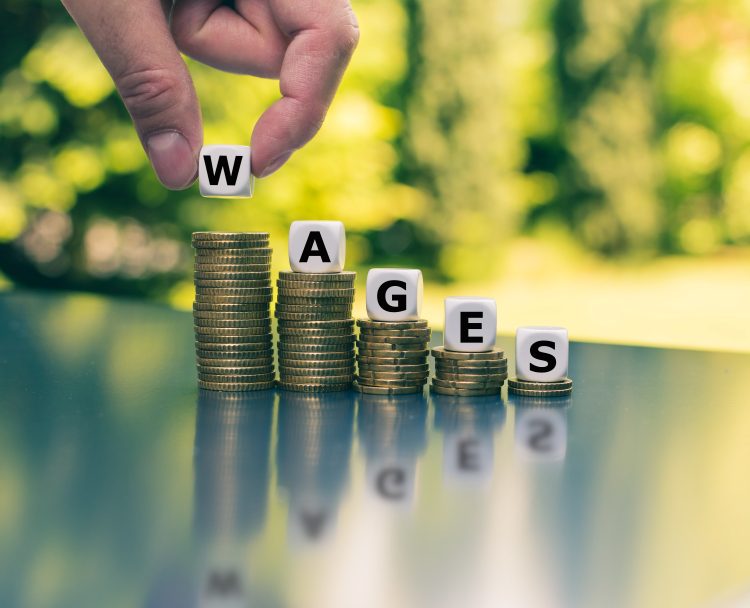It has now been six months since the introduction of the ASGA SOS Shoe Recycling Initiative, and the results are in.
Across Australia, the disposal of pre-loved athletic shoes, via incineration or landfill, continues to represent a major environmental concern; as well as being a significant waste of reclaimable materials. As a result, the ASGA SOS Initiative was developed to provide an environmentally-conscious alternative for discarding unused footwear – through an industry-led collection, recycling and repurposing program – with the aim of closing the loop and taking a meaningful step towards sustainability.
In just six months since rolling-out the Victorian Pilot program, we’re proud to announce that the ASGA SOS Initiative has already collected over 65,000 pairs of sporting shoes that were once destined for the dump. As part of our end-to-end solution reclaiming this valuable resource, our recycling partner – Save Our Soles – will recycle over 20 tonnes of reusable components into brand new sporting products; including high-quality gym flooring (shown here – https://youtu.be/H_Pu-23xIjU).
ASGA Executive Director, Shaun Bajada, said the results of the Victorian pilot program have exceeded all expectations and are an exciting demonstration of the viability of the circular economy and the value of sustainability-focused practices in the Australian sporting goods industry;
“We could not be more proud of how our members, initiative partners and the broader sporting goods industry have come together to take real action and move the needle in tackling the problem of footwear waste. With over 65,000 pairs of shoes reclaimed across 100 collection points since January this year, the results speak for themselves; and we eagerly look forward to expanding the scope of the initiative across the rest of the country and stretching our recycling goals for next six months and beyond.”
John Elliott, director of initiative recycling partner Save Our Soles, also echoed this sentiment in light of the encouraging success of the first roll-out phase;
“I am so excited that ASGA has shown such leadership in the SOS recycling program. The sporting industry has always been a leader in the market and for ASGA to get the wholesalers and retailers together to amplify their impact into recycling footwear in Australia is a substantial step forward in showing that when we collaborate we can achieve great things. Our industry realises that we have to change our mindset with end of life product and the ASGA SOS initiative is a great example of what needs to be done.”
This resoundingly positive outcome could not have been possible without the valued support of participating brands, and ASGA would like to sincerely thank the leadership at Converse, New Balance, Globe, JD Sports, Asics, Rebel, SportsPower and adidas. The success of this combined effort – through the deployment of in-store collection bins, and the collaborative sharing and promotion of the ASGA SOS message with respective audiences – is a promising indicator for further success of the project and the nation-wide roll-out planned for the latter part of this year. ASGA would also like to thank the countless people who have chosen to drop-off and donate their shoes across our growing collection network, each and every pair of old shoes that can be given a new life counts.
As the ASGA SOS Initiative is now gearing up to move into the next stage of nation-wide deployment, we’re calling on the support of all Australian sporting goods brands – big and small – to join us in taking the next step forward into sustainability. To learn more about the program, and how to get involved, visit https://asgasosinitiative.com.au/ for more information.



 participated in by Australian adults are; walking (43.7%), Gym (32.7%), swimming (14.7%), jogging (15.7%) and cycling (11.8%). Continuing the historical trend, recreational walking remains the most popular practice for maintaining fitness, with over 9.1 million Australians throwing on their runners and undertaking vigorous strolls as their primary form of exercise. There also appears to be significant growth in the attendance of adults to gyms, health clubs and fitness classes, rising from approximately 6.5 million in 2016 to 7.1 million participants in 2018.
participated in by Australian adults are; walking (43.7%), Gym (32.7%), swimming (14.7%), jogging (15.7%) and cycling (11.8%). Continuing the historical trend, recreational walking remains the most popular practice for maintaining fitness, with over 9.1 million Australians throwing on their runners and undertaking vigorous strolls as their primary form of exercise. There also appears to be significant growth in the attendance of adults to gyms, health clubs and fitness classes, rising from approximately 6.5 million in 2016 to 7.1 million participants in 2018. Report, the most popular organised activity for children – outside of school hours – is Swimming. Increasing by more than 4% since 2016, over one third of all Australian children are now reported to hit the pool on a regular basis (34.5%). The specific Swimming statistics (
Report, the most popular organised activity for children – outside of school hours – is Swimming. Increasing by more than 4% since 2016, over one third of all Australian children are now reported to hit the pool on a regular basis (34.5%). The specific Swimming statistics (